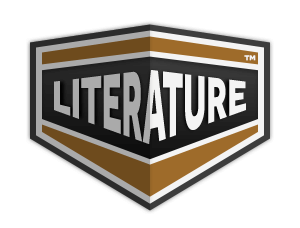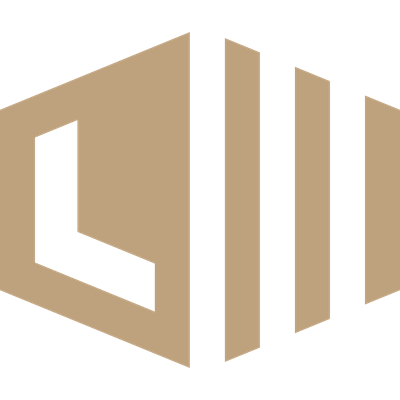Irish Nationality
- 53 Downloads
to ancient Irish legends across the Gaulish sea. One invasion followed another, and an old Irish tract gives the definite Gaelic monarchy as beginning in the fourth century B.C. They drove the earlier peoples, the Iberians, from the stupendous stone forts and earthen entrenchments that guarded cliffs and mountain passes. The name of Erin recalls the ancient inhabitants, who lived on under the new rulers, more in number than their conquerors. The Gaels gave their language and their organisation to the country, while many customs and traditions of the older race lingered on and penetrated the new people. Over a thousand years of undisturbed life lay before the Gaels, from about 300 B.C. to 800 A.D. The Roman Empire which overran Great Britain left Ireland outside it. The barbarians who swept over the provinces of the empire and reached to the great Roman Wall never crossed the Irish Sea. Out of the grouping of the tribes there emerged a division of the island into districts made up of many peoples. Each of the provinces later known as Ulster, Leinster, Munster and Connacht had its stretch of seaboard and harbours, its lakes and rivers for fishing, its mountain strongholds, its hill pastures, and its share of the rich central plain, where the cattle from the mountains "used to go in their running crowds to the smooth plains of the province, towards their sheds and their full cattle-fields." All met in the middle of the island, at the Hill of Usnech, where the Stone of Division still stands. There the high-king held his court, as the chief lord in the confederation of the many states. The rich lands of Meath were the high-king's domain. Heroic tales celebrate the prehistoric conflicts as of giants by which the peoples fixed the boundaries of their power. They tell of Conor Mac Nessa who began to reign in the year that Mark Antony and Cleopatra died, and of his sister's son Cuchulain, the champion of the north, who went out to battle from the vast entrenchments still seen in Emain Macha near Armagh. Against him Queen Maeve gathered at her majestic fort of Rathcroghan in Roscommon fifteen hundred royal mercenaries and Gaulish soldiers--a woman comely and white-faced, with gold yellow hair, her crimson cloak fastened at the breast with a gold pin, and a spear flaming in her hand, as she led her troops across the Boyne. The battles of the heroes on the Boyne and the fields of Louth, the thronged entrenchments that thicken round the Gap of the North and the mountain pass from Dundalk and Newry into the plains of Armagh and Tyrone, show how the soldiers' line of march was the same from the days of Cuchulain to those of William of Orange. The story tells how the whole island shared in the great conflict, to the extreme point of Munster, where a rival of Cuchulain, Curoi son of Dare, had sent his knights and warriors through all Ireland to seek out the greatest
Translation
Translate and read this book in other languages:
Select another language:
- - Select -
- 简体中文 (Chinese - Simplified)
- 繁體中文 (Chinese - Traditional)
- Español (Spanish)
- Esperanto (Esperanto)
- 日本語 (Japanese)
- Português (Portuguese)
- Deutsch (German)
- العربية (Arabic)
- Français (French)
- Русский (Russian)
- ಕನ್ನಡ (Kannada)
- 한국어 (Korean)
- עברית (Hebrew)
- Gaeilge (Irish)
- Українська (Ukrainian)
- اردو (Urdu)
- Magyar (Hungarian)
- मानक हिन्दी (Hindi)
- Indonesia (Indonesian)
- Italiano (Italian)
- தமிழ் (Tamil)
- Türkçe (Turkish)
- తెలుగు (Telugu)
- ภาษาไทย (Thai)
- Tiếng Việt (Vietnamese)
- Čeština (Czech)
- Polski (Polish)
- Bahasa Indonesia (Indonesian)
- Românește (Romanian)
- Nederlands (Dutch)
- Ελληνικά (Greek)
- Latinum (Latin)
- Svenska (Swedish)
- Dansk (Danish)
- Suomi (Finnish)
- فارسی (Persian)
- ייִדיש (Yiddish)
- հայերեն (Armenian)
- Norsk (Norwegian)
- English (English)
Citation
Use the citation below to add this book to your bibliography:
Style:MLAChicagoAPA
"Irish Nationality Books." Literature.com. STANDS4 LLC, 2024. Web. 27 Nov. 2024. <https://www.literature.com/book/irish_nationality_34900>.

